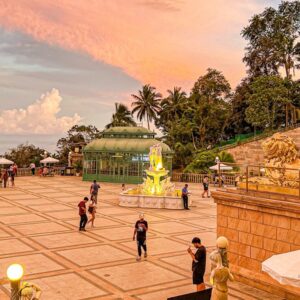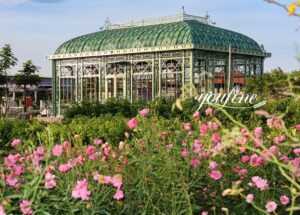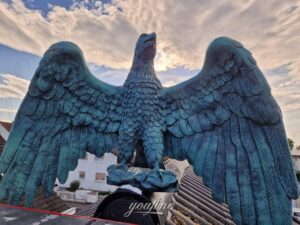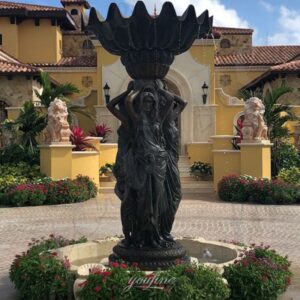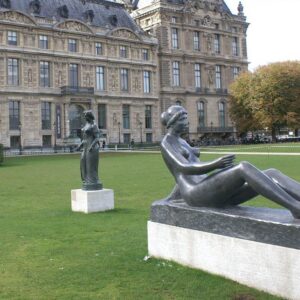As a foundry specializing in bronze sculpture casting for four years, we’re constantly struck by the unique charm of Japanese bronze samurai statues. Samurai are not only symbols of courage and loyalty throughout Japanese history, their images are immortalized through monumental bronze sculptures.
These statues are not only works of art, but also symbols of historical memory and spiritual faith. In the process of researching and casting these sculptures, YouFine has deeply appreciated the craftsmanship and cultural significance of these works.
In this blog, we’ll take you on a journey through ten of Japan’s most famous samurai bronze statues, exploring their historical stories and artistic beauty.
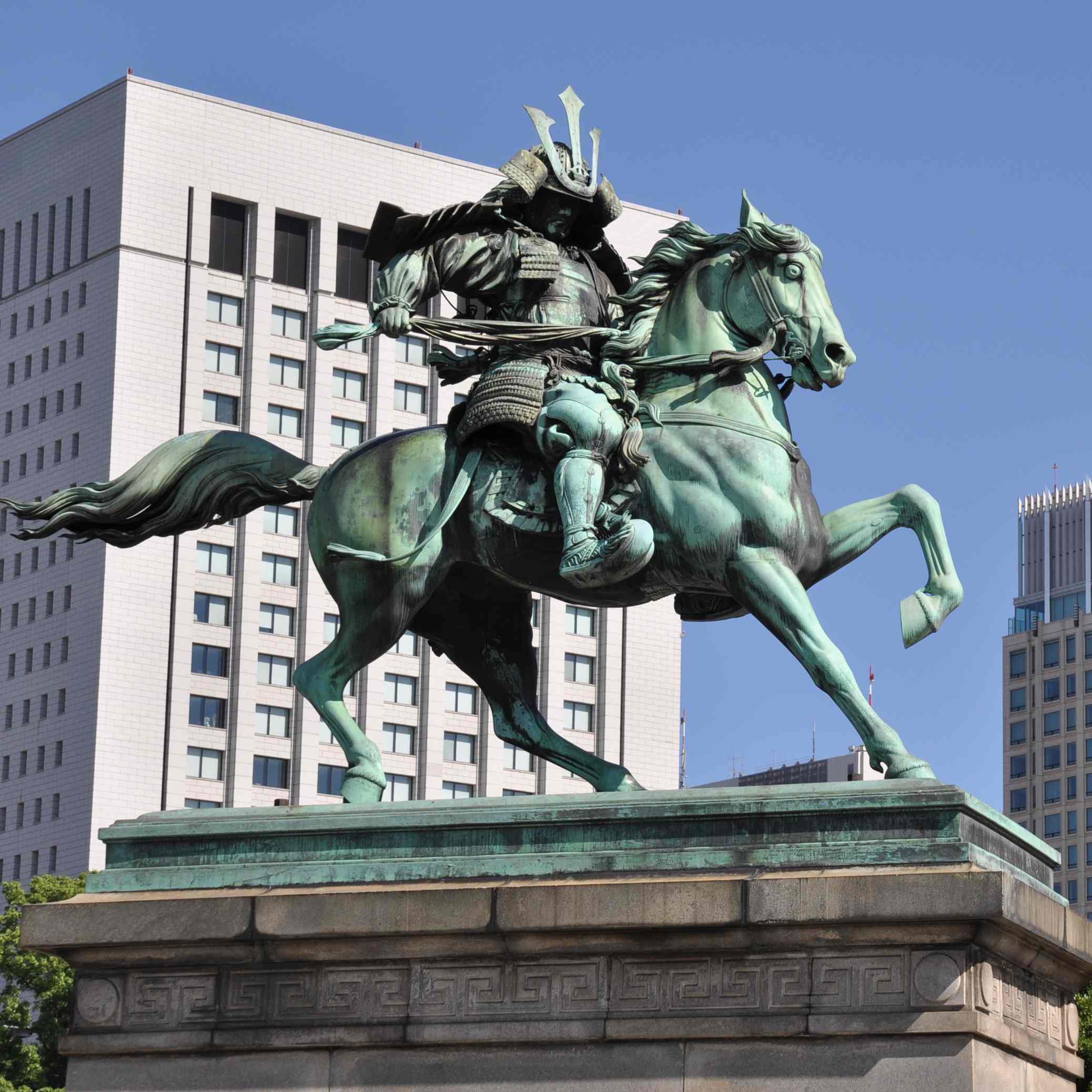
1. Kusunoki Masashige — Tokyo Imperial Palace
Location: In front of Nijubashi Bridge, Kokyo Gaien, Tokyo.
Established: 1900, by sculptors Komura Mitsunari and Goto Tadashi.
Appearance: A bronze samurai on horseback, clad in armor, exuding a majestic presence.
Characteristics and Symbolism: Kusunoki Masashige, a symbol of loyalty and righteousness, chose to sacrifice his life for his country after defeat in battle. The statue embodies the traditional Japanese samurai spirit of loyalty.

2. Saigo Takamori — Shiroyama, Kagoshima
Location: Shiroyama, Kagoshima
Established: Completed in 1937
Appearance: A tall, majestic bronze statue, flanked by a loyal dog.
Characteristics and Symbolism: Saigo Takamori was known as the “last samurai,” and this statue, depicting his fortitude and loyalty, has become a spiritual symbol of Kagoshima.
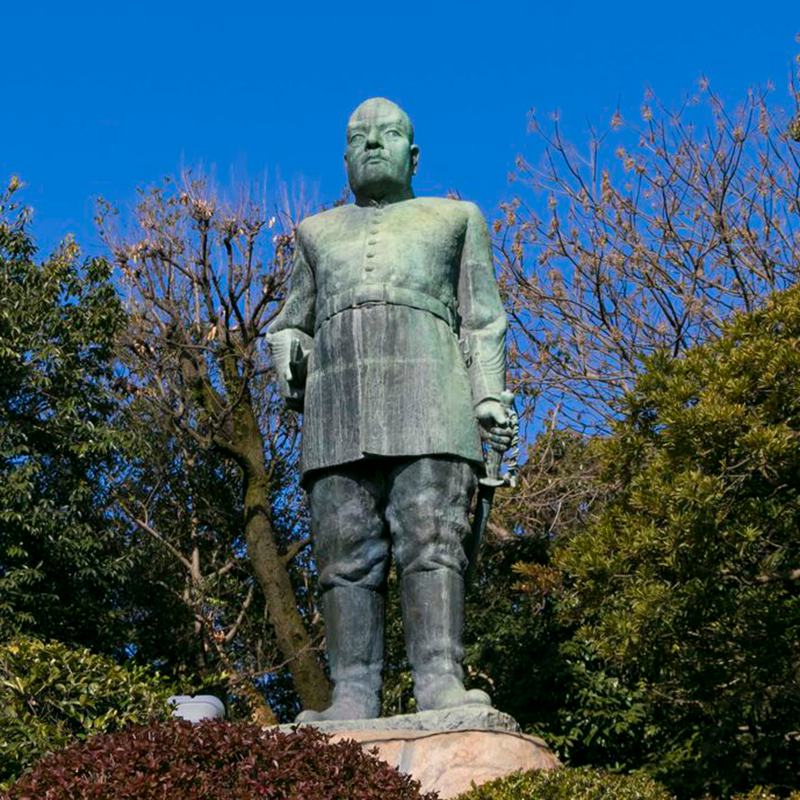
3. Saigo Takamori Statue — Ueno Park, Tokyo
Location: Entrance to Ueno Park, Tokyo
Established: 1898, sculptor Takamura Mitsuo
Appearance: Casual pose, wearing hunting attire, with a hunting dog.
Characteristics and Symbolism: Presents a friendly image, symbolizing Saigo as not only a samurai but also a leader who was close to the people.
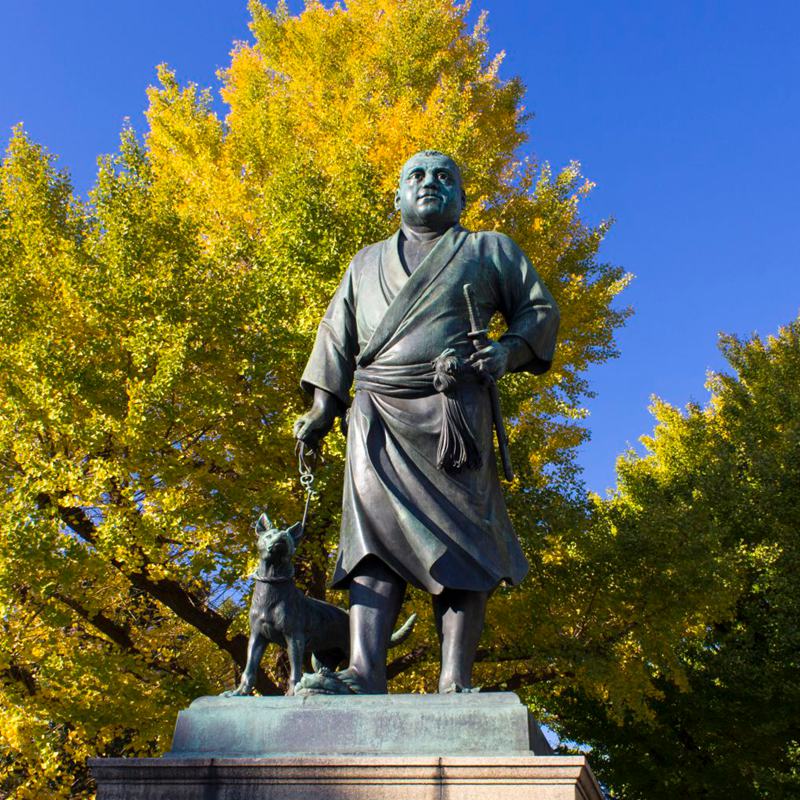
4. Kato Kiyomasa — Kumamoto Castle
Location: Kumamoto Castle Grounds.
Established: Meiji Period (late 19th century).
Appearance: A standing bronze statue clad in armor and holding a spear.
Characteristics and Symbolism: As the builder of Kumamoto Castle, the statue symbolizes the samurai spirit of protection and military exploits.
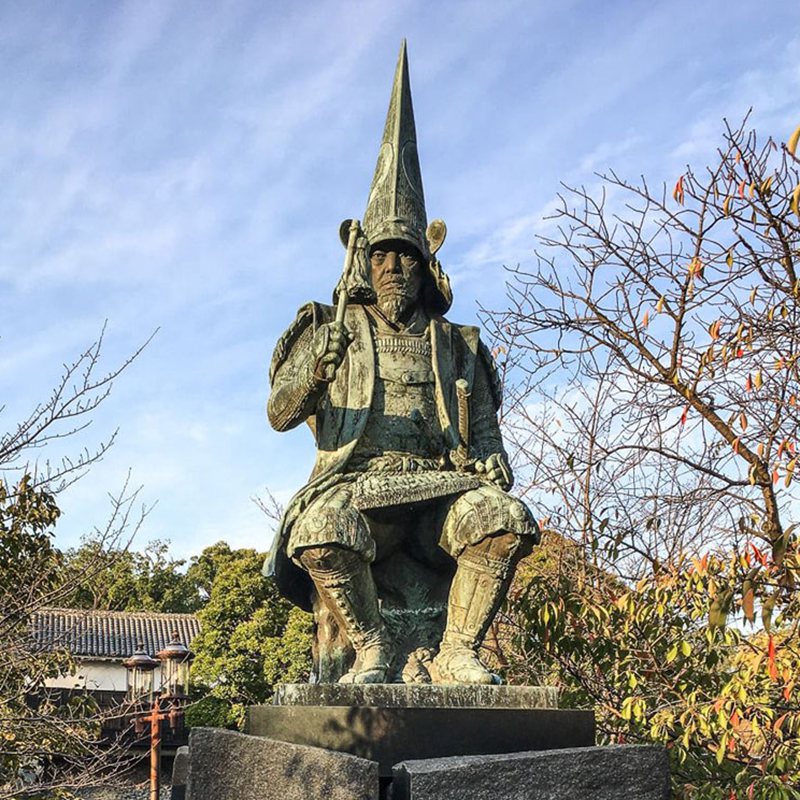
5. Sanada Yukimura — Osaka Castle
Location: Near Osaka Castle Park.
Established: Mid-20th century.
Appearance: Bronze equestrian statue wearing a deer-antler helmet, in a fighting stance.
Characteristics and Symbolism: Known as “Japan’s No. 1 Soldier,” the statue depicts his fearlessness and heroic spirit.
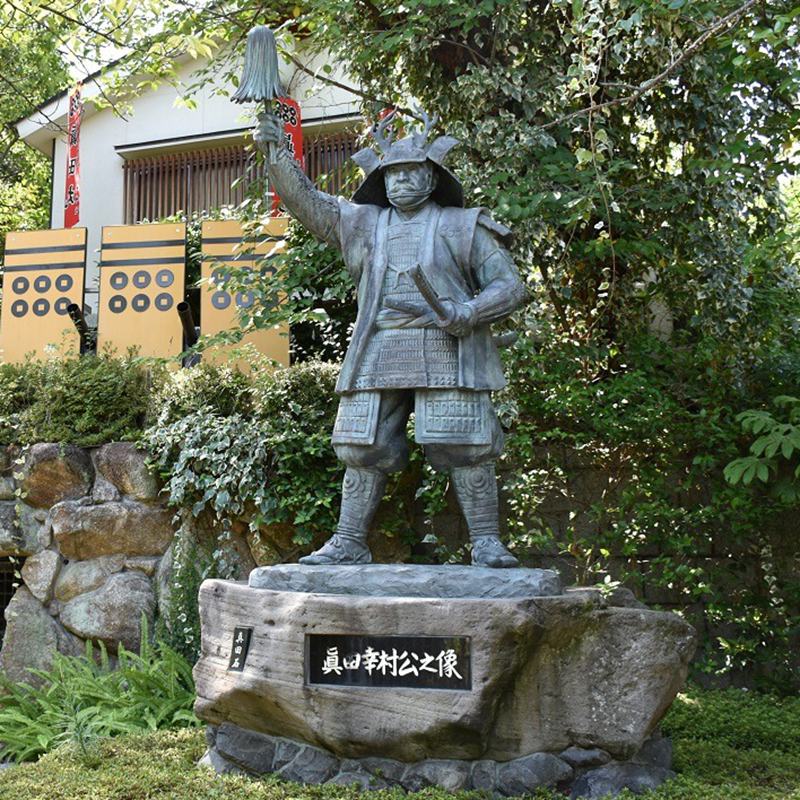
6. Oda Nobunaga — Gifu
Location: Near Gifu Castle and JR Gifu Station.
Established: Completed in 1959, the 300th anniversary of Gifu City.
Appearance: A standing warrior in full armor, a majestic figure.
Characteristics and Symbolism: A pioneer of Japan’s unification, the statue symbolizes the strategist’s style and pioneering spirit.

7. Takayama Hikokurō — Kyoto
Location: East end of Sanjo-ohashi Bridge, Kyoto.
Established: First cast in 1868, restored in 1961.
Appearance: Kneeling, facing the Imperial Palace, hands placed in front of legs.
Characteristics and Symbolism: Symbolizes unwavering loyalty to the Emperor and served as a symbol of the late Edo period.
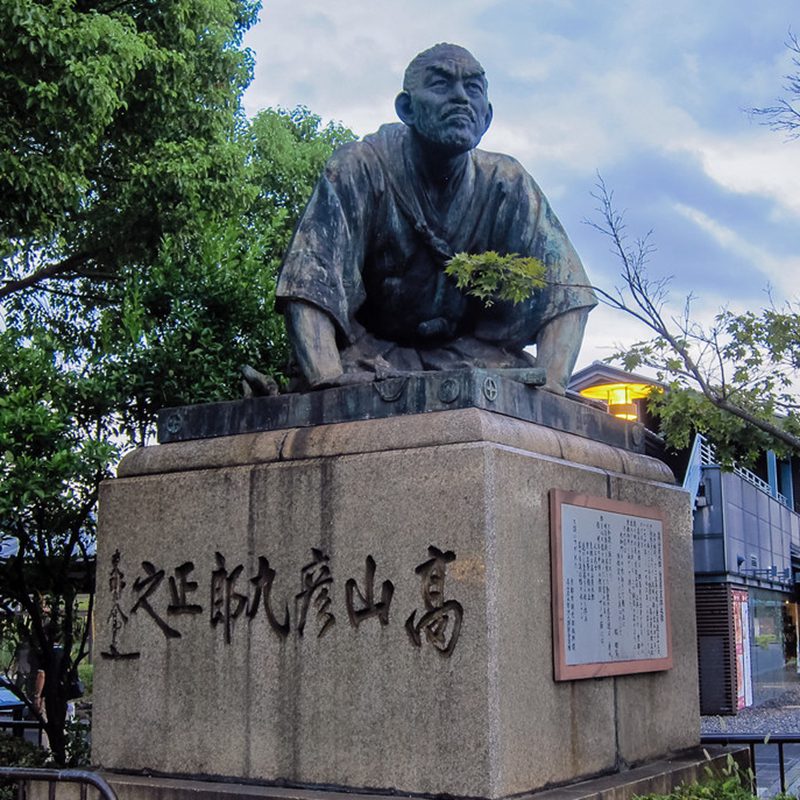
8. Hasekura Tsunenaga — Multiple Locations
Locations: Ishinomaki, Japan; Civitavecchia, Italy; Coria del Rio, Spain; Havana, Cuba; Acapulco, Mexico, among others.
Established: Established in various countries from the 20th century to the present.
Appearance: Dressed in samurai armor or diplomatic attire, standing solemnly.
Characteristics and Symbolism: Japan’s first global diplomatic envoy, symbolizing cross-cultural exchange and international friendship.
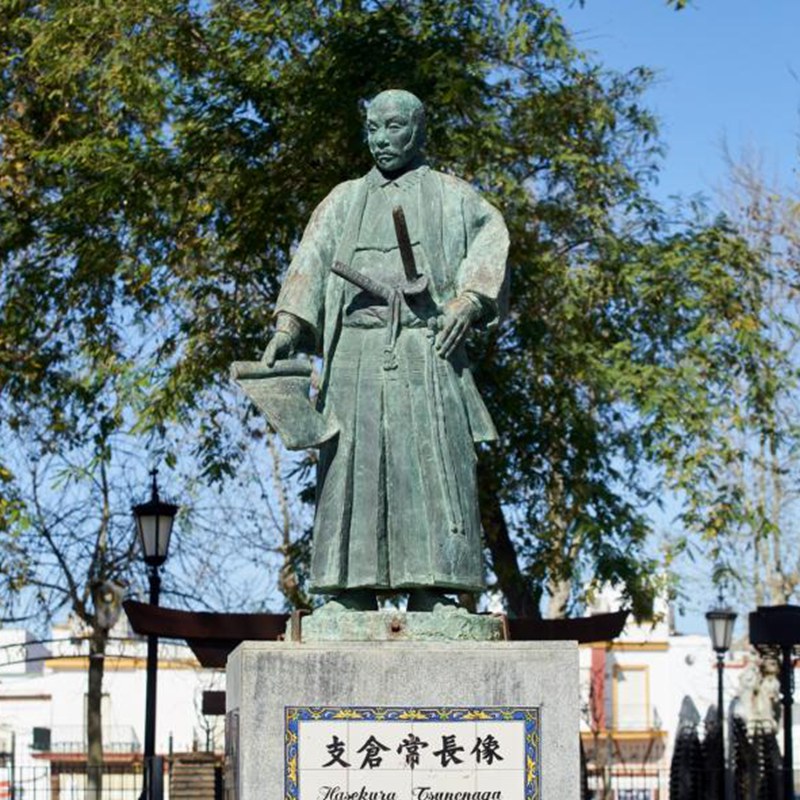
9. Takeda Shingen — Kofu, Yamanashi
Location: In front of Kofu Station, Yamanashi Prefecture.
Established: 1902, renovated after the war.
Appearance: A bronze statue of a mounted warrior with a solemn demeanor.
Characteristics and Symbolism: Known as the “Tiger of Kai,” the statue represents his military wisdom and majesty.
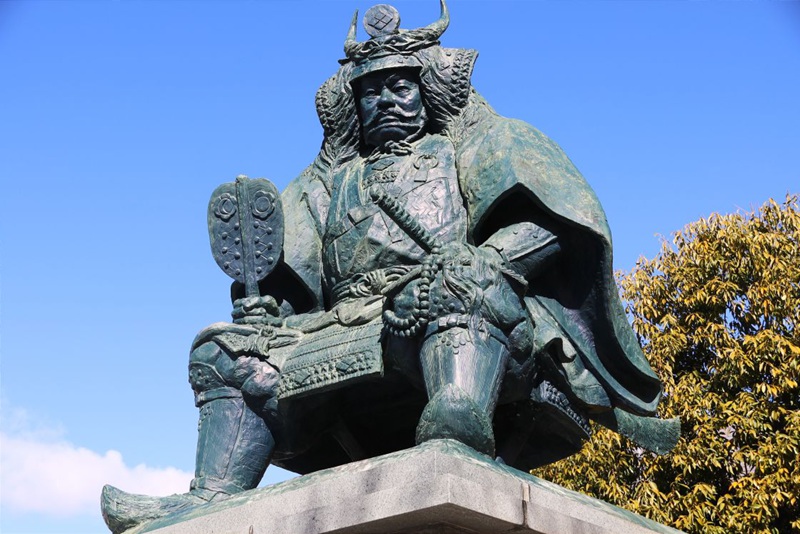
10. Hōjō Sōun — Odawara
Location: In front of Odawara Station.
Established: Late 20th century.
Appearance: A bronze equestrian statue, depicting a heroic posture.
Characteristics and Symbolism: The founder of the Hojo clan, he symbolizes the samurai spirit of innovation and rule.
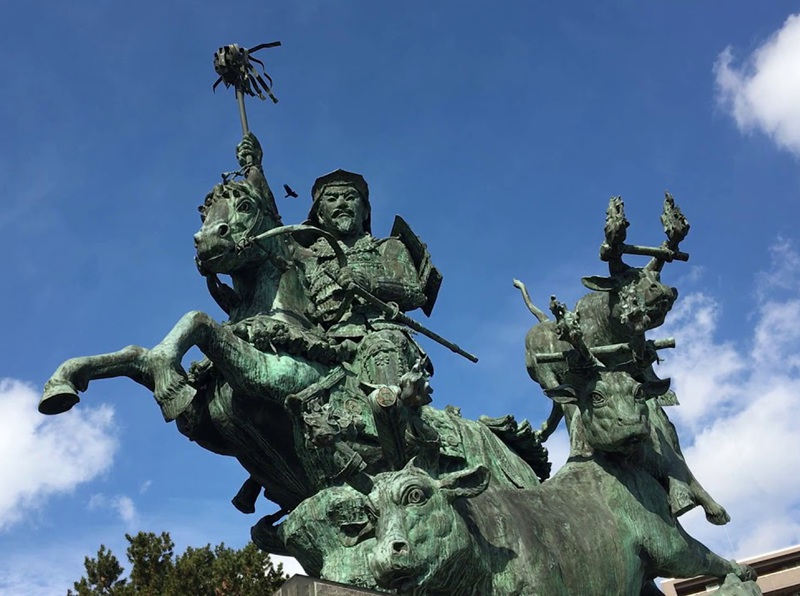
Conclusion
These ten bronze samurai statues are a testament to Japanese history and art. They are not only tourist landmarks, but also enduring symbols of loyalty, courage, and wisdom.
As a foundry with 40 years of experience, YouFine understands the importance of casting craftsmanship in preserving history and spirit. We can customize a wide range of bronze samurai statues for clients worldwide, from large-scale monuments to exquisite works of art, capturing the essence of history while incorporating modern craftsmanship.
If you would like to have your own monumental bronze statue, please contact YouFine and let’s help carry on the samurai spirit together.

